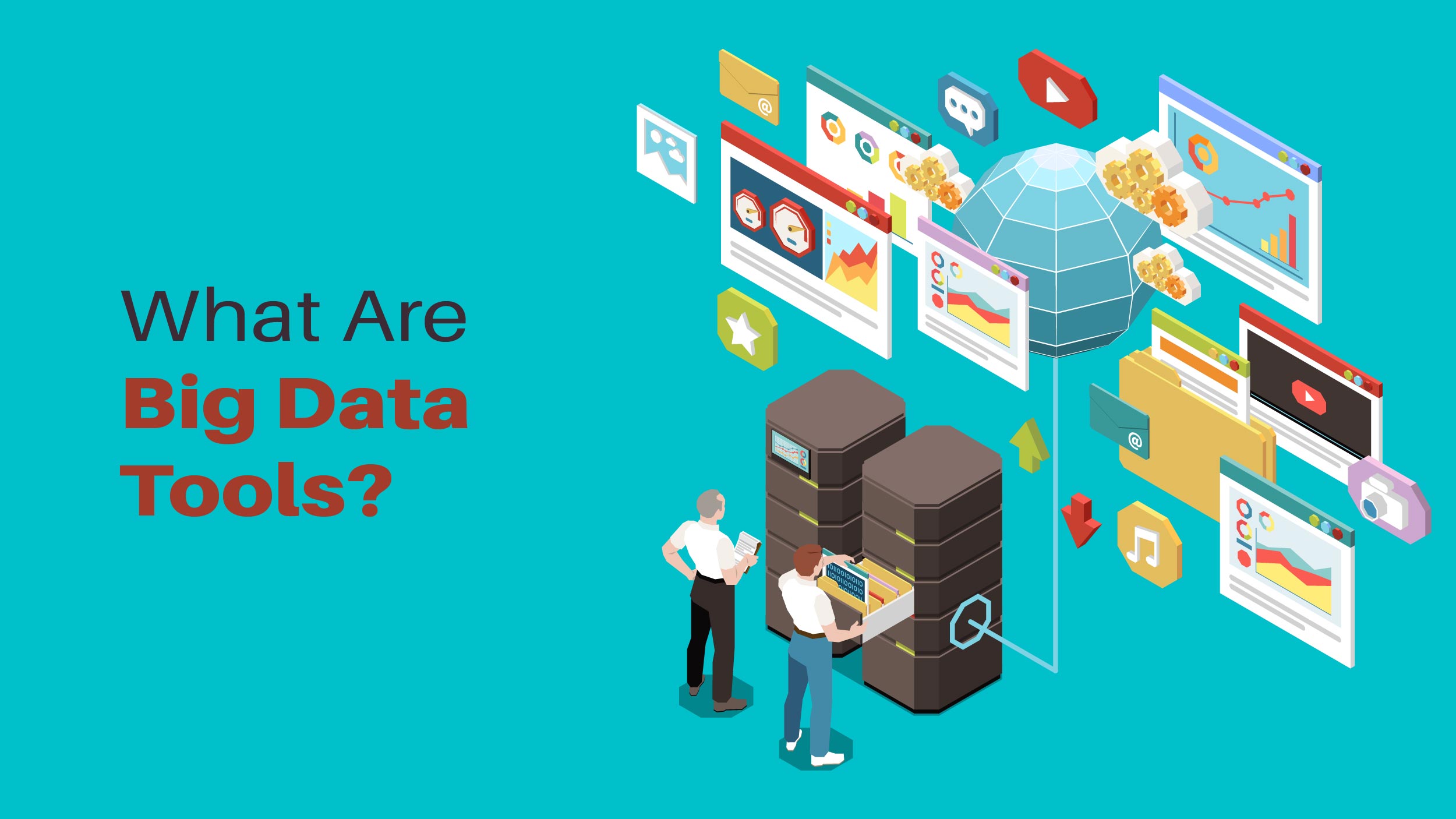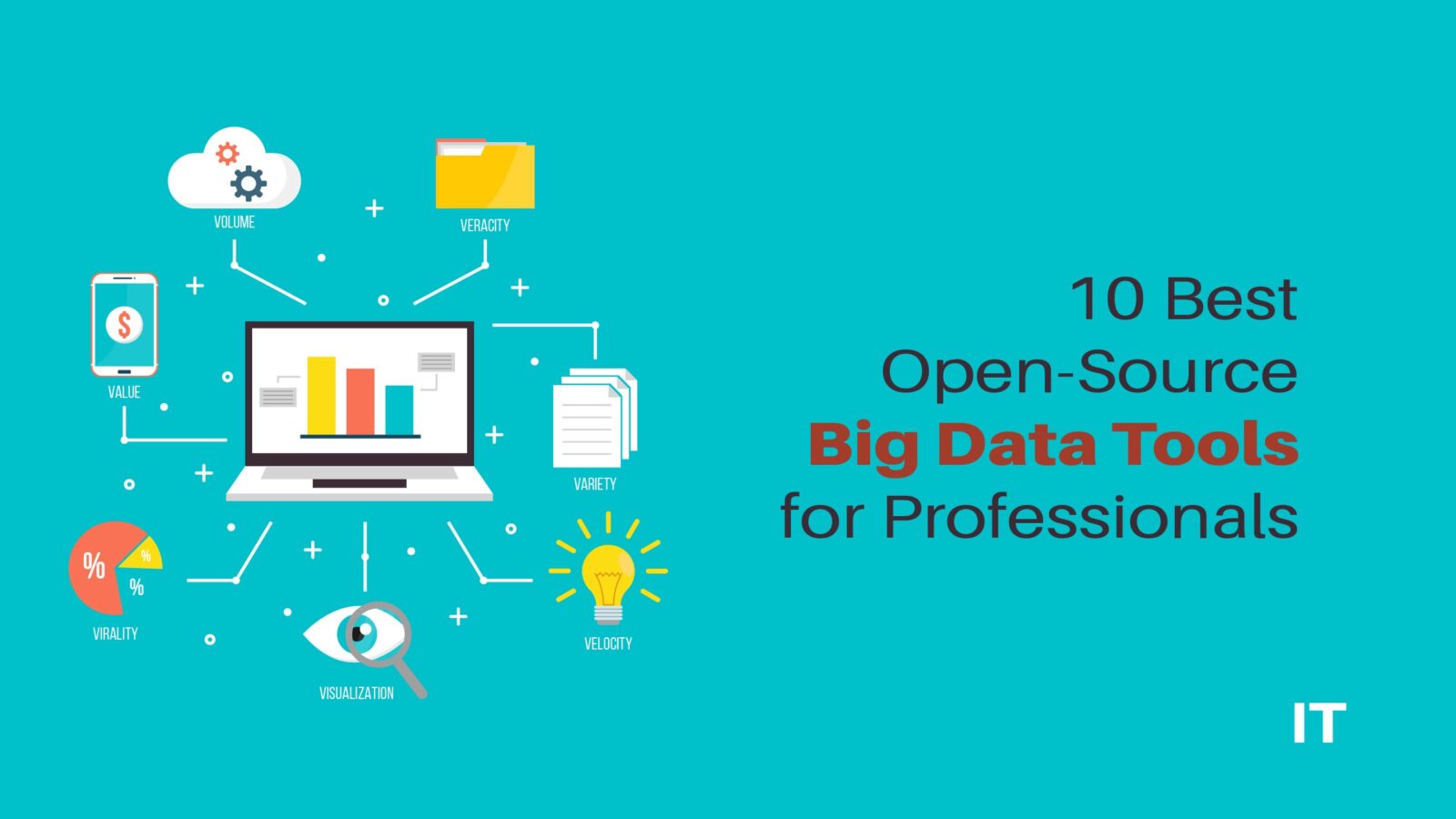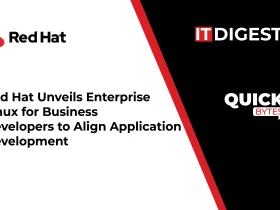If there is one thing that’s expanding at a rapid rate other than the population, it is data. Every organization produces a massive amount of data which leads to the adoption of big data tools. The global big data market is anticipated to grow significantly over the next several years, reaching a projected valuation of more than $650 billion by 2029.
With a plethora of commercial solutions available to assist businesses in implementing a broad spectrum of data-driven analytics efforts, from real-time reporting to machine learning applications, enterprise data leaders have an abundance of options when it comes to big data analytics technologies.
Furthermore, a plethora of open-source big data tools are available, some of which are also provided in commercial versions or as components of managed services and big data platforms. This blog discusses in detail the top 10 big data tools available in the market.
What is Big Data?
Big Data is the term used to describe enormous data sets that are too large to be processed, stored, or examined using traditional methods.
Data is generated at a very fast pace by millions of data sources available today. Social media networks and platforms are some of the biggest data sources. Approximately 328.77 million terabytes of data are created each day. This means 120 zettabytes annually, 10 zettabytes monthly, or 0.33 zettabytes daily, and that’s a lot of data.
Additionally, there are several forms of data, including unstructured, semi-structured, and organized formats. For instance, data is categorized as structured data—having a specific format—in a standard Excel sheet. Emails, on the other hand, are classified as semi-structured data, and your images and videos as unstructured data. Big Data is the culmination of all of this data.
What Are Big Data Tools?
 Big data tools are like special computer programs or platforms that handle really large and complicated sets of information. These tools are needed because regular programs can’t handle data that’s too big, too complicated, or too messy.
Big data tools are like special computer programs or platforms that handle really large and complicated sets of information. These tools are needed because regular programs can’t handle data that’s too big, too complicated, or too messy.
There are different types of big data tools including:
- Data Storage Tools: These are used to keep track of and manage all that big data. They give you ways to store and find information easily. Examples are Apache Hadoop and MongoDB.
- Data Mining Tools: These tools are like detectives. They dig through all that big data to find useful stuff, like patterns or trends. They use fancy techniques like machine learning or statistics. Examples are Apache Spark and Qubole.
- Data Analytics Tools: These tools help make sense of all the big data. They do things like explore the data, make predictions, or show trends. Examples are Apache Hive, Zoho Analytics, and Snowflake.
- Data Visualization Tools: These tools make big data easier to understand by showing it in pictures or graphs. They help people see patterns or trends more clearly. Examples are Tableau and Power BI.
Remember, there are lots of big data tools out there, and each one has its own special features. The choice of which tool to use depends on what kind of data you have and what you want to do with it.
What Are The 4 Types Of Big Data?
 Big data can be categorized in a variety of ways, and the classification may change based on the source. These four forms of huge data are typical:
Big data can be categorized in a variety of ways, and the classification may change based on the source. These four forms of huge data are typical:
- Structured Data: Well-formatted, well-organized data that is simple to store, process, and query using conventional database systems is referred to as structured data. It is usually stored in tables with rows and columns and adheres to a set schema. Spreadsheets, transaction records, and data from relational databases are a few examples.
- Unstructured Data: Data without a preset format or structure is referred to as unstructured data. Text documents, emails, posts on social media, pictures, videos, audio files, and sensor data can all be included. Since it is disorganized, unstructured data is harder to handle and evaluate, yet it frequently yields insightful information. Unstructured data obtains meaning by the application of techniques such as picture recognition and natural language processing.
- Semi-Structured Data: This type of data falls somewhere between unstructured and structured data. Although it doesn’t follow a strict schema, it does have some organizational structure. Semi-structured data is frequently organized to some extent by tags, labels, or metadata. Log files, JSON data, and XML files are a few examples.
- Streaming Data: Data that is continuously and instantly generated is referred to as streaming data. It is frequently generated using data from financial markets, social media feeds, sensors, and Internet of Things devices. For real-time insight extraction and action triggering, streaming data needs to be processed and analyzed instantly.
Also Read: The Ultimate Guide to the Best Data Visualization Tools in 2024
10 Best Open Source Big Data Tools for Every Business
Below are the top free big data tools available in the market.
Airflow
Airflow is a platform for managing complex data pipelines in big data systems. It helps make sure tasks in a workflow happen in the right order and have the resources they need. Airflow’s special features include:
- Modular and scalable architecture based on directed acyclic graphs (DAGs)
- Web application UI for visualizing data pipelines and troubleshooting
- Integrations with major cloud platforms and other services
Delta Lake
Delta Lake is a storage layer designed to improve reliability, security, and performance in data lakes. It ensures data integrity and freshness and supports both streaming and batch operations. Its key features include:
- Support for ACID transactions, or transactions that are durable, atomic, consistent, and isolated
- Storage is in open Apache parquet format
- Compatibility with Spark API
Drill
Drill is a distributed query engine for large-scale datasets. It allows querying various data sources with SQL and standard APIs. Its features include:
- Scalability across thousands of nodes
- Access to relational databases through plugins
- Compatibility with BI tools like Tableau and Qlik
Druid
Druid is a real-time analytics database known for its low latency and high concurrency. Its features include:
- Native inverted search indexes for fast search
- Time-based data partitioning and querying
- Support for semistructured and nested data
Flink
Flink is a stream processing framework for high-performing applications. Its features include:
- High speed for real-time processing
- In-memory computations with disk access
- Libraries for event processing and machine learning
Advantages:
- Capabilities for processing data in real-time
- Effective handling of events
- Both fault-tolerant and scalable
Disadvantages:
- The challenging learning curve for novice users
- Inadequate assistance for certain big data use cases
- Performance constraints for large datasets
Hadoop
Apache Hadoop is one of the best big data tools out there. It is a framework for storing and processing big data on commodity hardware. The main components include:
- Hadoop Distributed File System (HDFS) for storage
- YARN for resource scheduling
- MapReduce for batch processing
Advantages:
- Flexible and scalable data storage
- An affordable method for handling large amounts of data
- Supports a large variety of data processing tools
Disadvantages:
- Intricate configuration and management
- Limitations on real-time data processing performance
- Minimal security measures
Hive
Hive is SQL-based data warehouse software for managing large datasets. Its features include:
- Standard SQL functionality
- Support for structured data processing
- Access to files stored in HDFS and other systems
Advantages:
- Supports data analysis queries similar to SQL
- Compatible with more big data tools
- Effective and scalable data warehousing system
Disadvantages:
- Limitations on real-time data processing performance
- Limited machine learning and advanced analytics support
- intricate configuration and management
HPCC Systems
HPCC Systems is a big data processing platform for managing and analyzing big data. Its components include:
- Thor for data refinement
- Roxie for data delivery
- ECL programming language
Hudi
Hudi is used for managing large analytics datasets on Hadoop-compatible file systems. Its features include:
- Efficient data ingestion and preparation
- Incremental data processing
- Better lifecycle management for datasets
Iceberg
Iceberg is a table format for managing data in data lakes. Its features include:
- Tracking individual data files in tables
- Schema evolution without rewriting data
- Time travel capability for reproducible queries
How Much Do Big Data Engineers Earn?
A big data engineer’s pay can vary significantly depending on several criteria, including experience, organization, and location. Big data engineers in the US may expect to make between $100,000 and $150,000 a year on average, with the highest earners exceeding $180,000.
A big data engineer in India typically makes between INR 8,00,000 and INR 15,00,000 a year. However, depending on the organization, the area, and expertise, compensation can differ significantly.
It’s crucial to remember that although big data engineers with the necessary skills are in high demand, pay in the tech sector can be costly. For individuals who possess the necessary training and expertise, it can therefore be a rewarding career choice.
Final Takeaway
In summary, big data technologies have grown more and more crucial for businesses of all sizes and in a variety of sectors. By far the most popular and well-respected big data tools among experts in 2024 are those that are included in this list. The secret is to thoroughly assess your needs and select a tool that best suits your budget and use case. Organizations can stay ahead of the competition, make educated decisions, and extract useful insights from their data with the help of the right big data tools.


































